Each time vmap is applied, it maps over a single axis. So say for simplicity that you have a function that takes two scalars and outputs a scalar:
def f(x, y):
assert jnp.ndim(x) == jnp.ndim(y) == 0 # x and y are scalars
return x + y
print(f(1, 2))
# 0
If you want to apply this function to a single x value and an array of y values, you can do this with vmap:
f_mapped_over_x = jax.vmap(f, in_axes=(0, None))
x = jnp.arange(5)
print(f_mapped_over_x(x, 1))
# [1 2 3 4 5]
in_axes=(0, None) means that it is mapped along the leading axis of the first argument, x, and there is no mapping of the second argument, y.
Likewise, if you want to apply this function to a single x value and an array of y values, you can specify this via in_axes:
f_mapped_over_y = jax.vmap(f, in_axes=(None, 0))
y = jnp.arange(5, 10)
print(f_mapped_over_y(1, y))
# [ 6 7 8 9 10]
If you wish to map the function over both arrays at once, you can do this by specifying in_axes=(0, 0), or equivalently in_axes=0:
f_mapped_over_x_and_y = jax.vmap(f, in_axes=(0, 0))
print(f_mapped_over_x_and_y(x, y))
# [ 5 7 9 11 13]
But suppose you want to map first over x, then over y, to get a sort of "outer-product" version of the function. You can do this via a nested vmap, first mapping over just x, then mapping over just y:
f_mapped_over_x_then_y = jax.vmap(jax.vmap(f, in_axes=(None, 0)), in_axes=(0, None))
print(f_mapped_over_x_then_y(x, y))
# [[ 5 6 7 8 9]
# [ 6 7 8 9 10]
# [ 7 8 9 10 11]
# [ 8 9 10 11 12]
# [ 9 10 11 12 13]]
The nesting of vmaps is what lets you map over two axes separately.
